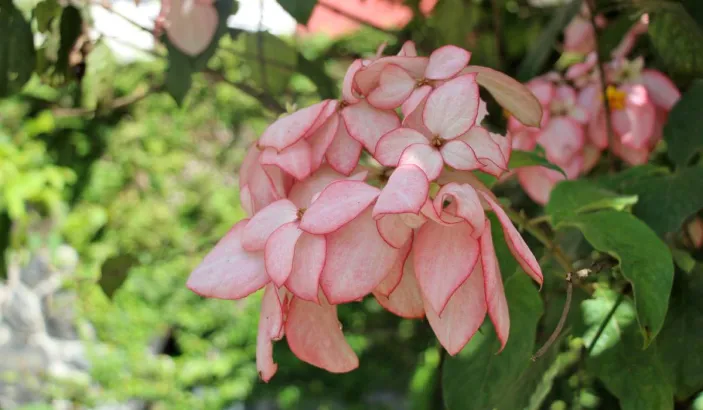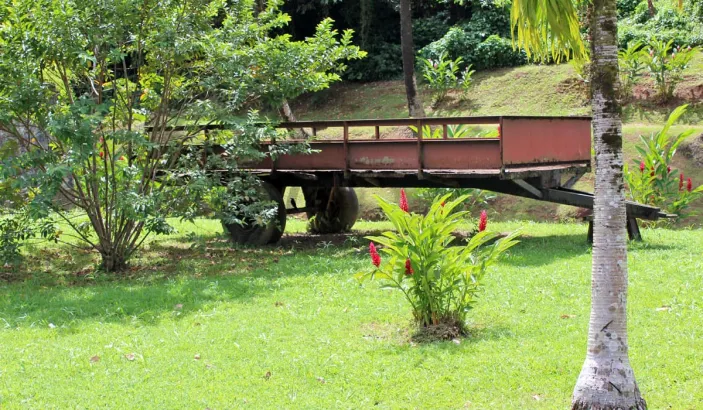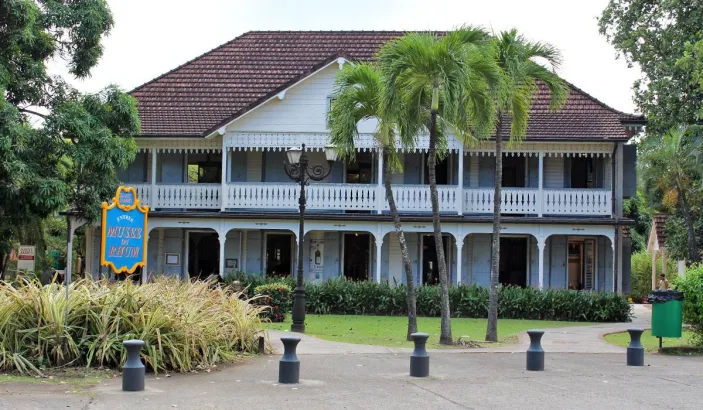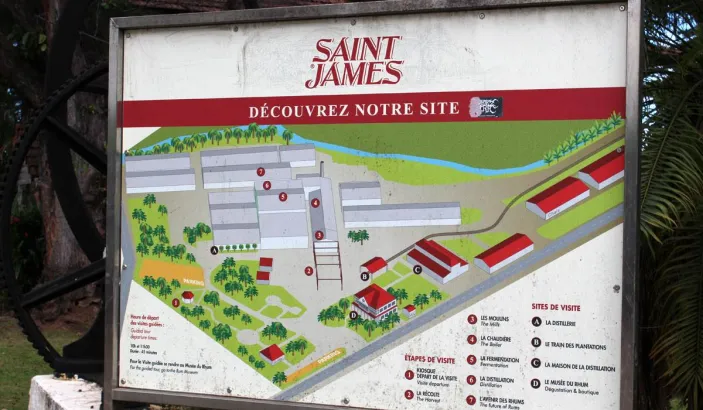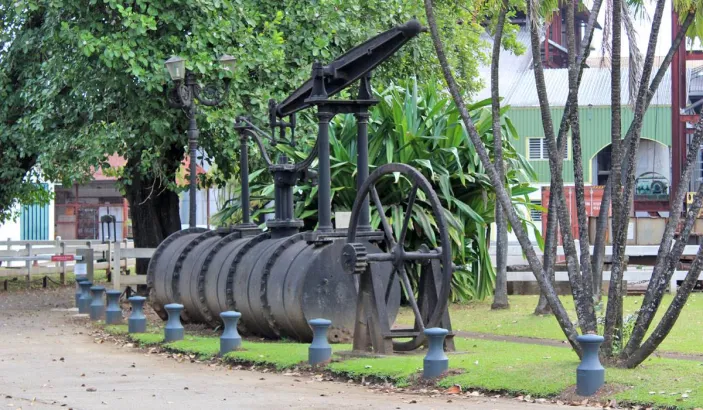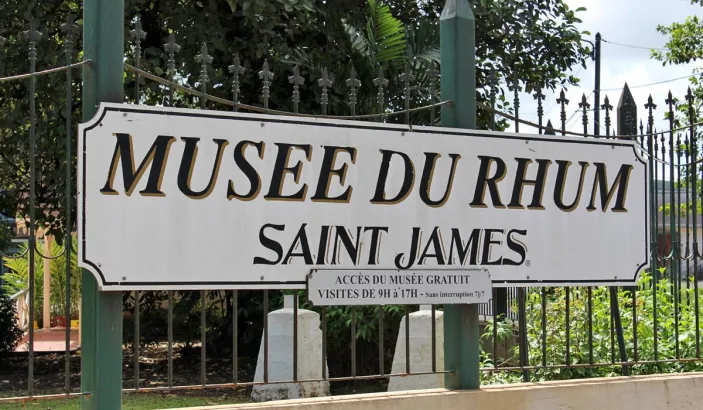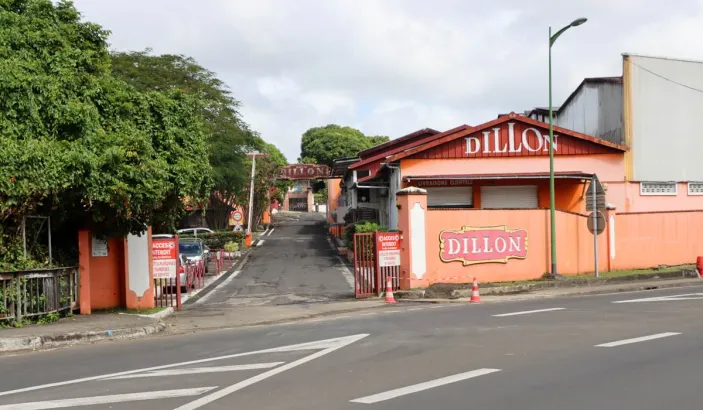Paul Gauguin Heritage Interpretation Center
Five months! This is the duration of stay of the painter Paul Gauguin (1848-1903) in Martinique, the island he had already visited as a sailor. Indeed, Eugène Henri Paul Gauguin arrived in Martinique in June 1887 and stayed there for five months.
The painter, left with his painter friend Charles Laval work on the construction of the Panama Canal, decided to join Martinique as soon as he would meet the necessary sum.
During these five months, Gauguin moved to the Anse Turin in Le Carbet. He painted twelve paintings and had a natural daughter.
Gauguin lived in precarious conditions, which forced him to return to France in October 1887.
However, his Martinican experience will remain as a turning point in his life as an artist and in his painting.
The Paul Gauguin Heritage Interpretation Center pays tribute to the painter, his work, especially during his stay in Martinique.
Closed for four years for renovations, the museum reopens in April 2014 under the name Centre d'Interprétation du Patrimoine (C.I.P.) Paul Gauguin (Paul Gauguin Heritage Interpretation Center). In a modernized set, with a fun and interactive media space, the Paul Gauguin Interpretive Center offers the public a dive into all the senses in the world of the painter and his stay in Carbet in 1887.
A new space for temporary exhibitions to promote young artists (including schools) from Martinique and the Caribbean. Numerous exhibitions and projects are planned every year.
Do not hesitate to contact the museum for more information.






























